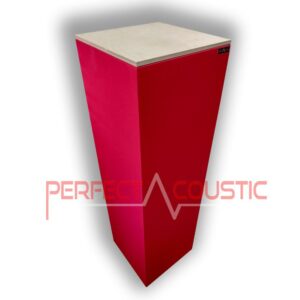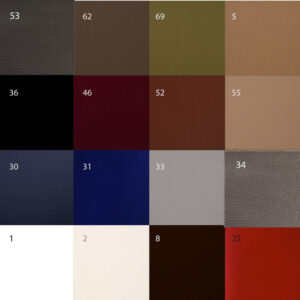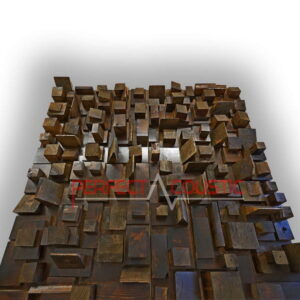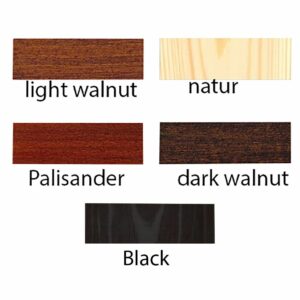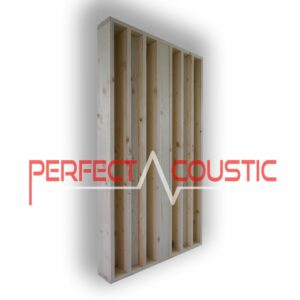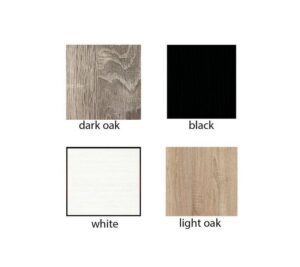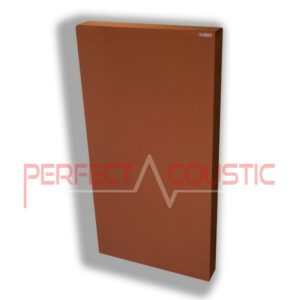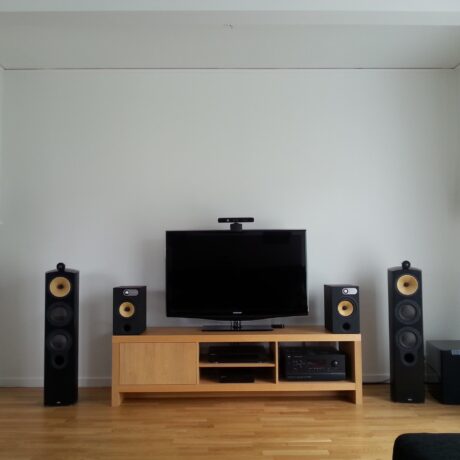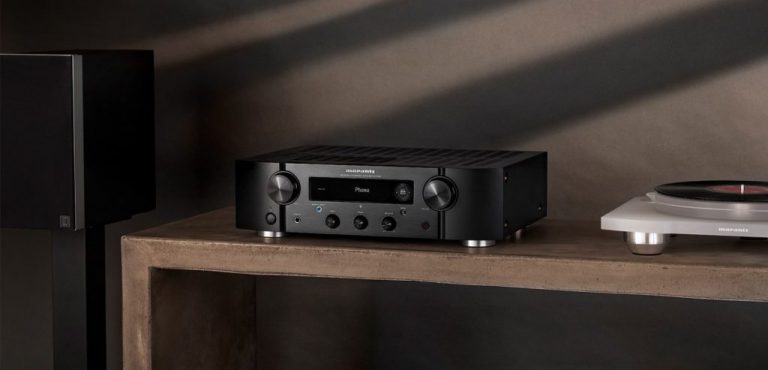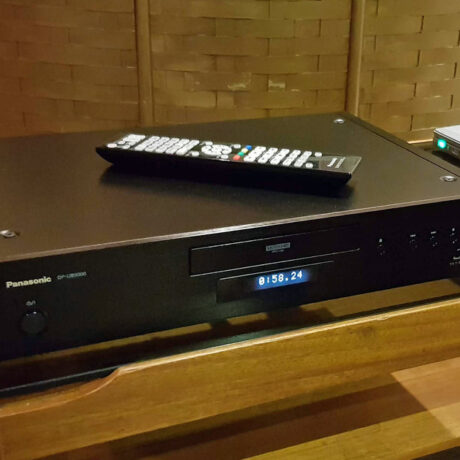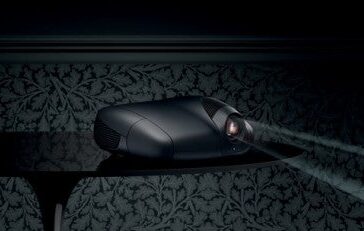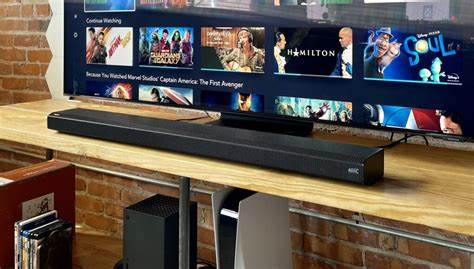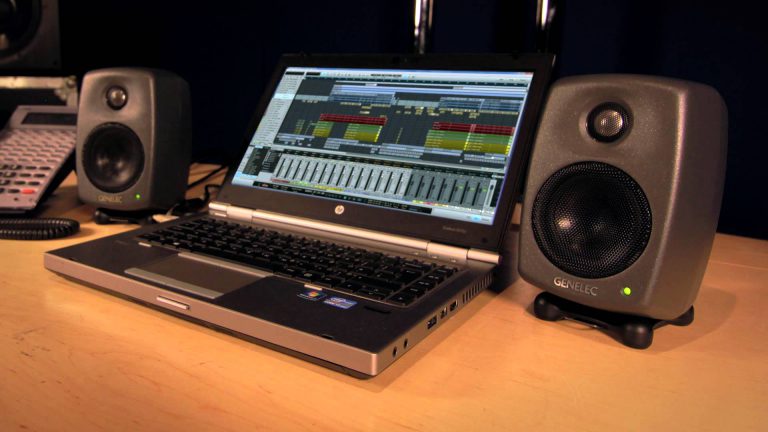Parasound Model 2125 V2 Stereo Amplifier Test
Parasound manufactures high-quality audio products. The head of the company, Richard Schram, founded Parasound in San Francisco in 1981 because he estimated the price of audio products on the market too expensive – proved to be unaffordable to many. He thought that in order to produce good quality devices, it is not necessary to invest huge sums of money and this way good quality audio and hi-fi products could become available to more people.
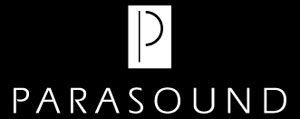
Parasound products are manufactured in the Far East Taiwan, however, in high quality and they come at a very favourable price. Another important figure in the company is John Curl, who was born in 1942 in San Francisco, California. Initially, he was involved in the design of tape recorders, then he joined Marc Levinson in the 1970s to design pre- and final amplifiers. After that, he became an independent consultant and worked for several companies specialised in electronics. He strictly adheres to its professional principles and does not allow to change the devices he designs to make them easier and cheaper to manufacture, or to replace required high-quality parts with cheaper and poorer ones. That’s why he decided to start his own company in 1983, created the famous Vendetta preamplifier, then further improved his skills and joined Parasound in 1989.
-
Cubic acoustic sound panels80 € – 109 € +Vat
-
Rustic-Vintage sound diffuser-Made of real pine65 € – 129 € +Vat
Model 2125 V2

The 2125 V2 is a fairly heavy-duty Class AB power amplifier with a standby switch, A-B speaker select button, and a dual channel display on the front. The front panel has rounded corners.

It is equipped with two-position, sensitive trigger sockets and a speaker switch that allows the two outputs to operate simultaneously. A fine-tuning function, a surface-pass filter and a gold-plated banana plug speaker cable connectors are also included on the device. The cable connector clamps are black and red, making connection much easier.
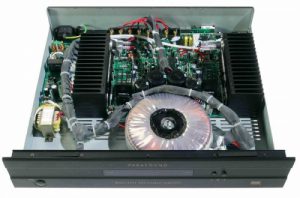
It has a toroidal transformer and large heatsinks. It has a power of 150 Watts at 8 Ohm and 225 Watts at 4 Ohm per channel, although when bridged, it delivers a power up to 400 Watts with minimal distortions. The frequency transmission is between 20 Hz and 50 kHz, the signal-to-noise ratio is 114 dB, the input impedance is 33 kOhm and the device weighs 12.3 kg.
Gold-plated RCA inputs, 24K, five-way speaker terminals, and an overheat indicator are also part of the power amplifier features. Quiter and Louder settings are also available. To meet Energy Star and EU power requirements, the NewClassic amplifier requires only 0.5 watts in standby mode. Due to the low heat production, the amplifier can be placed on a shelf or in a cabinet. Class “A” circuit operates efficiently and generates much less heat compared to “Class A” circuits. It also has an auto on and off function, so if the amplifier detects the audio signal, it turns on. The buttons on the touch screen light up in standby mode.
What is the difference between a preamplifier and a power amplifier?
A preamplifier is used when the incoming signal is weak and therefore the standard amplifier detects it as noises. An amplifier has its own optimal amplifier range, weaker signals must be pre-amplified, then these signals are sent to the output amplifier by the preamplifier, and the signals are finally sent from the output amplifier to the speakers. An output amplifier is used when the high volume can only be reproduced with distortion by a standard amplifier. The power amplifier has a simple design, no equaliser, tone control, effects, etc. Its main function is to significantly amplify and send the incoming signal to the speakers. The power amplifier can be used on its own, connected to speakers, but it delivers a slightly raw, more natural sound, which is a matter of taste for who likes and dislikes. The Class “AB” amplifier has lower loss compared to the Class “A”, but is not free from distortions.
-
QRD Diffuser171 € – 269 € +Vat
-
Broadband sound panel-It can even be used as a ceiling element44 € – 241 € +Vat
Sound performance
We put on the music DVD of Metallica entitled Worldwired Tour Live in Europe to test the Parasound power amplifier’s performance. While listening to the concert recording of the legendary band, we assessed a dynamic, full-bodied sound, and open stereo stage image. The test took place in a home cinema, a room of about 25 square meters, where acoustic design work still remains to be done in the future. Although some sound-absorbing panels have already been placed on the walls, it will be absolutely necessary to fix diffuser panels also in order to properly cope with the reflections. We paired the device with a Primare Pre35 preamplifier and Klipsch R-620F standing speakers. We were pleased as the basses sound was beautiful, clean and intense, the tones of higher frequencies were ideal as well. At the lower frequencies, however, not everything was perfect, we lacked firmness, and the deep tones on stage sounded a little confusing sometimes. It was not always possible to identify the instruments and the vocals, so there is still room for improvement as far as details go.
Conclusion
The Parasound power amplifier can be a favourite of all fans of audio devices due to its extremely affordable price, quality, design and pleasant, ideal sound. However, we cannot say that the sound of the device is flawless. It’s okay in terms of dynamics and fullness, openness of the stereo image, but the deep tones could be more firm, and details were also lacking. We would give a score of 4 and a half points out of 5 to this output amplifier if we had to.
G.H.
Written by Róbert Polgár

